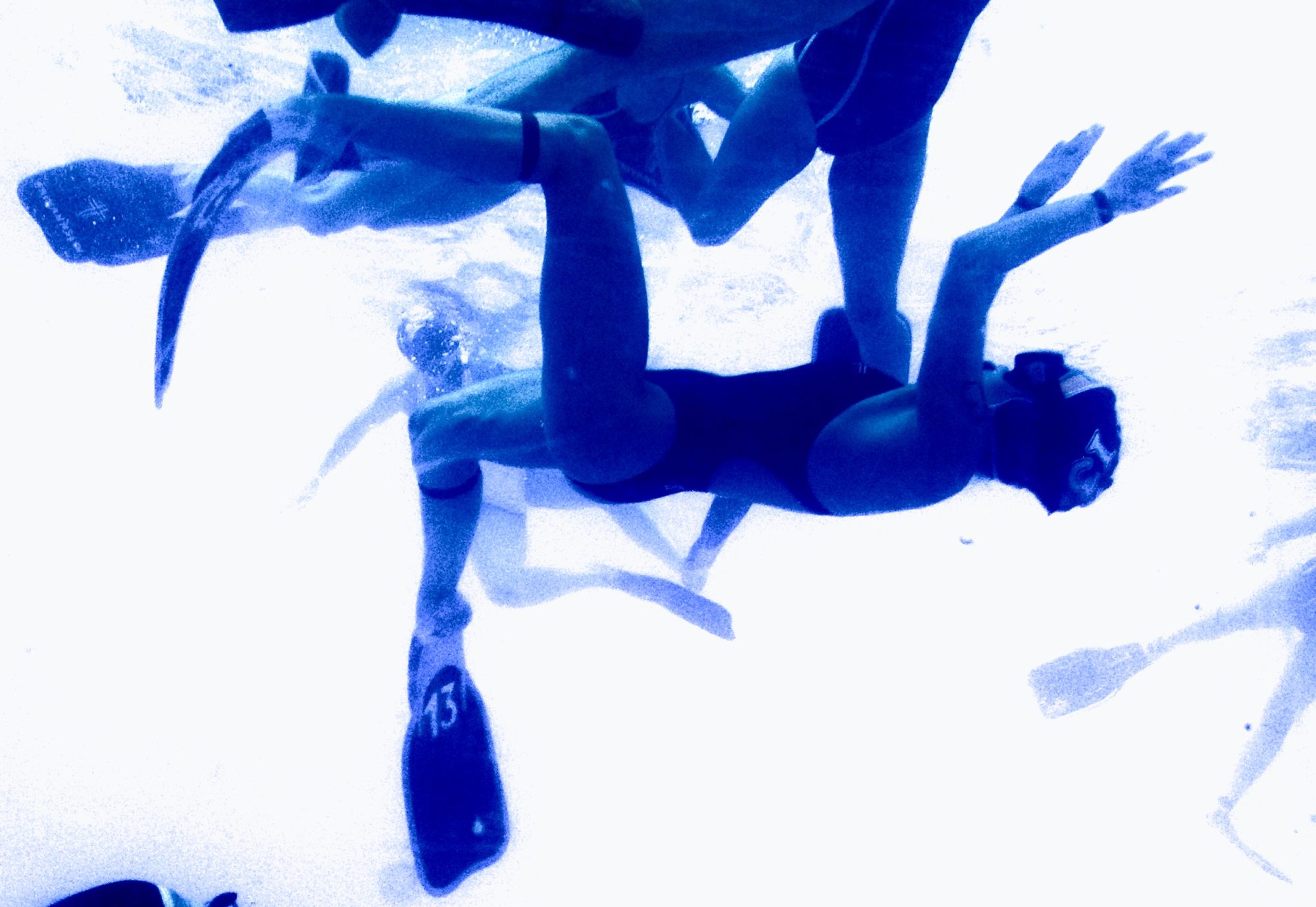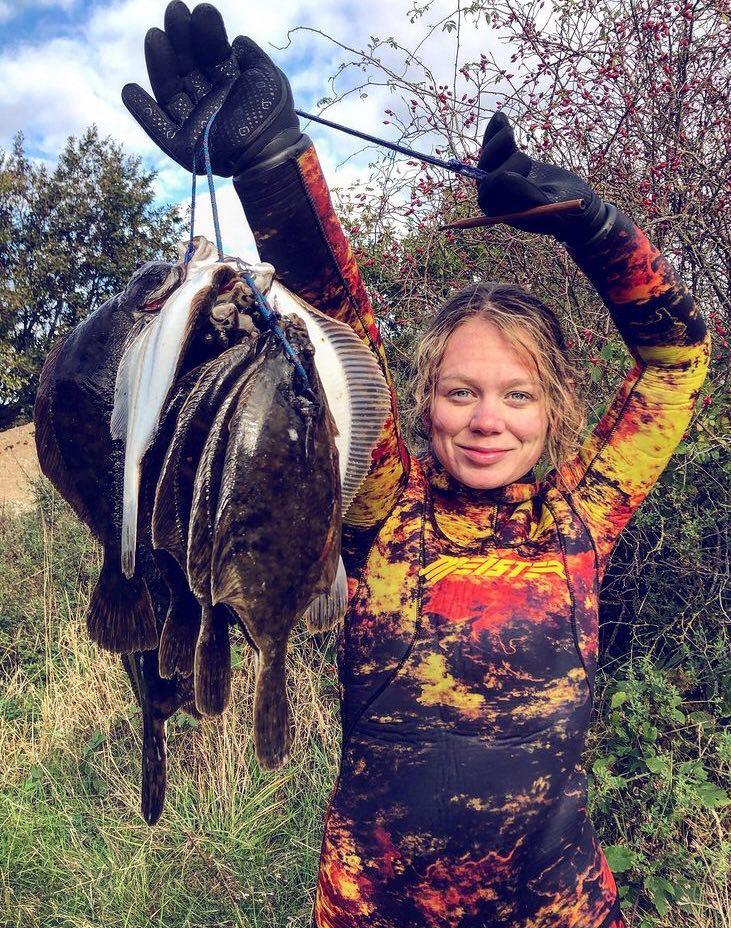
Among underwater rugby players there is a contingent of spearfishermen who have the skill to hop into the sea and come up with something to put on the dinner table.
Some post photos of their catches on social media, evidence that spearos are eating better than those of us dependent on the grocery store.
Line Urup, a 24-year-old Danish underwater rugby player, started as a gatherer. While still a child she snorkeled, collecting crabs and mussels with her bare hands. When she filled a small bucket she gave them to her parents to cook.
“It was kind of the treasure hunt feeling,” she explained.
Around the age of 11 years old her father gave her a speargun. She did not catch anything for a long time. To begin with the hunts only happened once or twice a year. Around the age of 16 she took her harpoon more seriously. Since then she has gained experience, pursuing a variety of prey under different conditions.
“I remember the first of every species I’ve caught,” remarked the now 24 year old Dane.
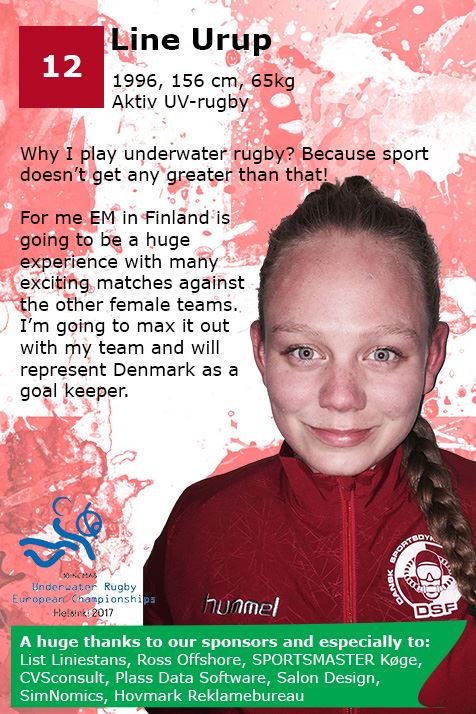
The transition to shooting fish took some time. The first sea trout came as a bit of a surprise.
“I didn’t expect to hit it, since it was a bit far away, but I took the shot anyway and struck it right in the eye; it was a cool experience,” she recalled.
Her most exciting catch ever was a unicorn fish on a trip to the Tuamotu Islands of French Polynesia. She was wary of prey that might be contaminated with ciguatera, toxins that reef fish sometimes accumulate. She knew, however, that unicorn fish were safe to eat. When she saw one she decided to pull the trigger, although it was not an especially impressive specimen. She was not, though, the only one who saw the fish.
“As soon as my spear hit the fish, 4 sharks came towards me and ripped the fish off my spear just next to me. So, I didn’t get my unicorn fish, but I had a very interesting close up meeting with 4 sharks.”
Spearfishing and rugby have played different roles in her life, Urup has never taken part in spearfishing as a competitive sport, although she started it earlier than the ball sport. She now hopes to match herself against other spearos.
“My plan is to attend my first spearfishing competition this year if corona allows it,” she said.
She will also seek a spot on the women’s national rugby team headed to the European Championships in Stavanger this summer.
Urup is not the only Danish rugby player who loves spearfishing.
The Siefert family
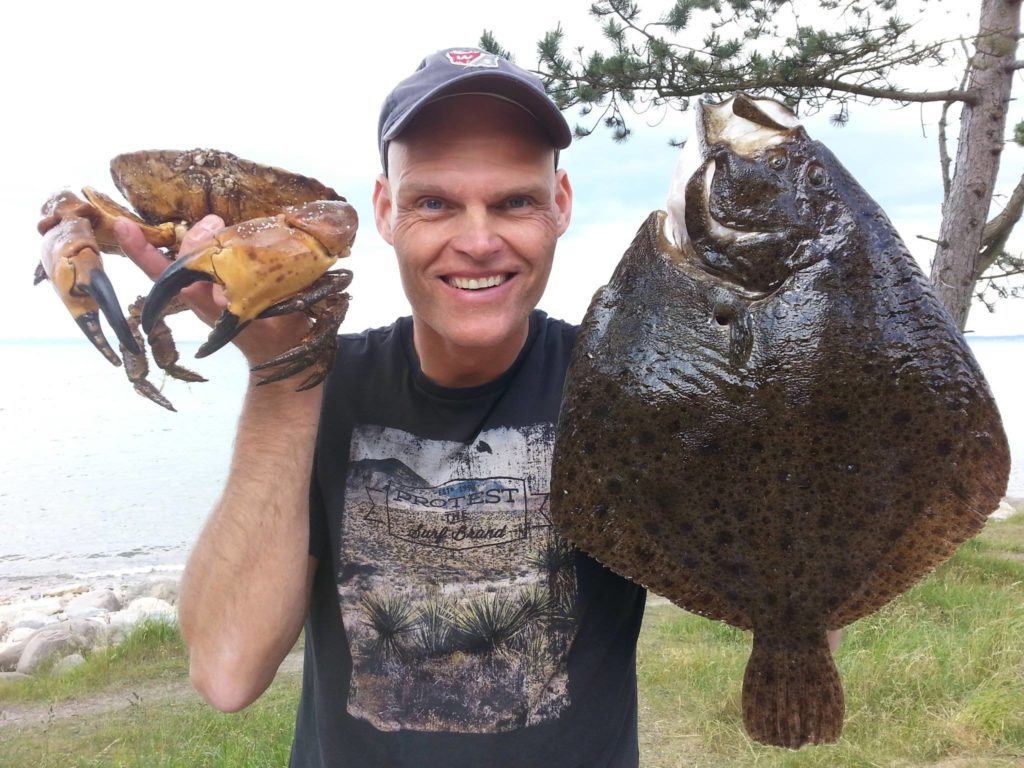
“It could be fish every evening for dinner, but the family only wants fish one or two days a week,” said William Siefert, Chairman of the Danish Spearfishing Committee.
Siefert’s son Oliver was Denmark’s top spearo in 2020, putting pressure on all the freezers the Sieferts have access to.
“Oliver won the Danish championship followed by William. Both are swollen, happy and exhausted after many hours in the cold water,” declared wife and mother Christine Siefert on Facebook. Fighting the current 20 meters below the surface, peering under the hull of a sunken ship in search of cod is what 50 percent of her family considers fun.
She knows the that sea is unforgiving to those who make mistakes while rugby in swimming pools poses a low risk as “extreme” sport go. She doesn’t complain for her family loves the outdoors. Even Silje Siefert, Oliver’s younger sister, goes spearfishing when the weather is nice.
“Silje only spearfishes with Oli and I a couple of times in the summer each year,” commented William Siefert. All three play rugby.
Oliver won a gold medal at the Nordic U21 Rugby Championships in 2017. Silje, a junior national team veteran, will try to win a spot on the women’s national team that will represent Denmark at the European Championships this summer.
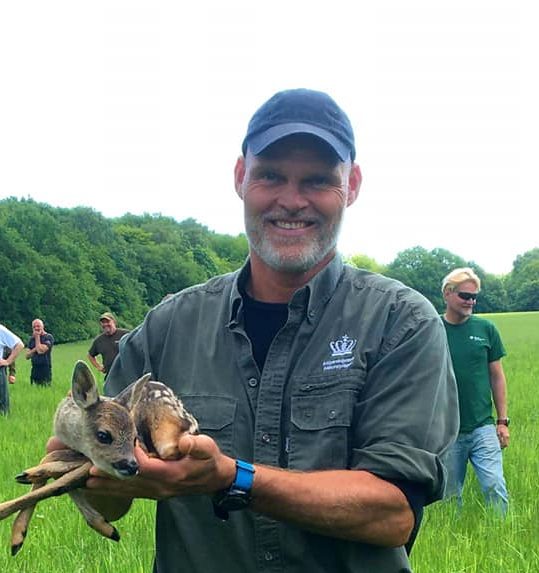
Spearos need big freezers
One reason the Sieferts do not have to eat fish twice a day is because William Siefert is gamekeeper who is responsible for culling deer herds. Grandparents get both venison and fish when the family runs low on freezer space. Fish must be frozen to kill off seal worm, a parasite that can live survive briefly in humans. Salting is not certain to kill all the eggs and larvae, so the Sieferts do not employ traditional salt curing to preserve fish.
Spearfishing is a much larger sport than rugby. Oliver Siefert has become a sort of a spearo rock star.
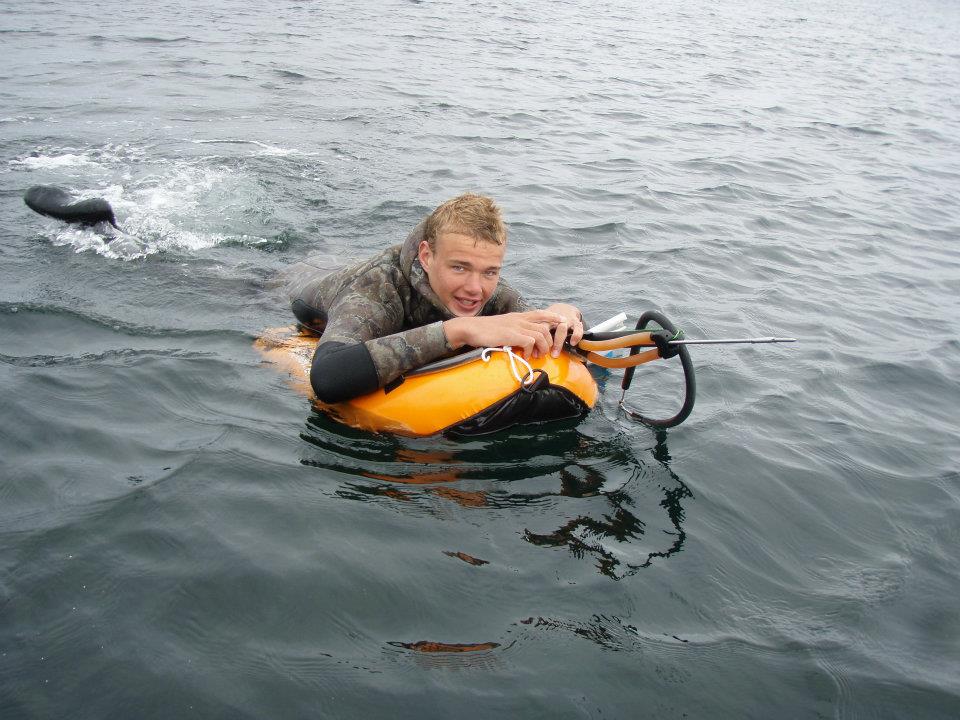
“You can call Oliver a semi pro,” said his father, noting that there roughly 10 Danish spearos who at times get free wetsuits, fins and spearguns.
Prior to competitions Siefert can request that equipment makers help cover the cost of trips, which range between 5,000 DK and 10,000 DK (670 euro to 1,350 euro).
When the Danish national spearfishing team [which includes the two Sieferts] travel abroad to international competition, DSF (Dansk Sportsdykker Forbund/the Danish Sportdivers Federation) covers up to 50 percent of the expenses up to a maximum of 5,000 Danish kronor.
Copenhagen area spearfishing hosts competitions itself. The Latvian spearfishing equipment maker, Scorpena contributes around 1,000 euro and some gear to sponsor the Øresund Cup .
“We use the money to pay for the safety boats and other expenses,” said Siefert.
Spearfishing is a world sport
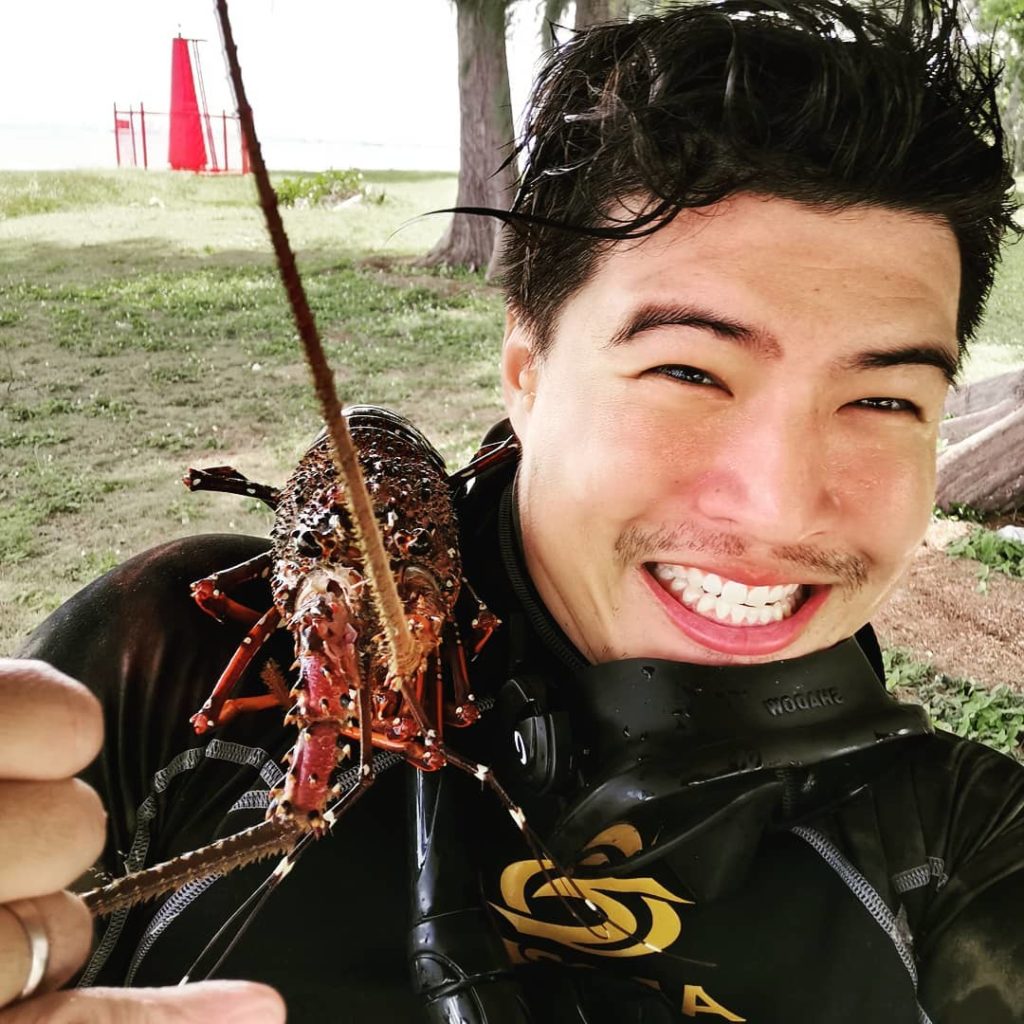
Singaporean Khee CH has many recipes for fresh fish.
“Grilling, steaming, frying, sashimi, when you have so much fish, you will try every way possible to cook it,” he laughed.
Khee began both spearfishing and rugby while studying naval architecture in Sydney between 2006 and 2010.
“I started spearfishing because I didn’t have enough money to get through my uni. I looked for a job but no one wanted to hire me for part time work. So, I decided that I’d hunt for my own food to get by.”
Familiarity with the snorkeling was not a problem. He was 23 at the time and had already begun playing rugby. He bought a secondhand wetsuit for 50 Australian dollars (32 euro) and on Ebay he found a speargun for 80 dollars (50 euro). A classmate and a housemate joined him. The three often fished together. Along the way they met other speros who helped them learn the ropes.
After graduation Khee worked in Norway, where he continued both sports. And then back in Singapore, he continued to spearfish. Water visibility there is limited to between two and 4 meters. Most of the time he hunts at depths of between 5 and 10 meters.
“Because of the visibility, the fish are particularly skittish, so it takes a while to learn how to get close to them,” he explained.
During Singapore’s Covid lockdown fishing was on hold for 4 months.
“I was back in the water the day after restrictions were lifted and the fishing was really good because the fish had gotten fat as no one was catching them.”
Like all spearos, Khee witnesses the consequences of pollution and human activity below the surface. Spearfishing is one way for mankind to monitor the health of marine environments.
“Over time, I learned to be part of the ocean, and take only what I required,” he said.
Spearfishing and rugby go together
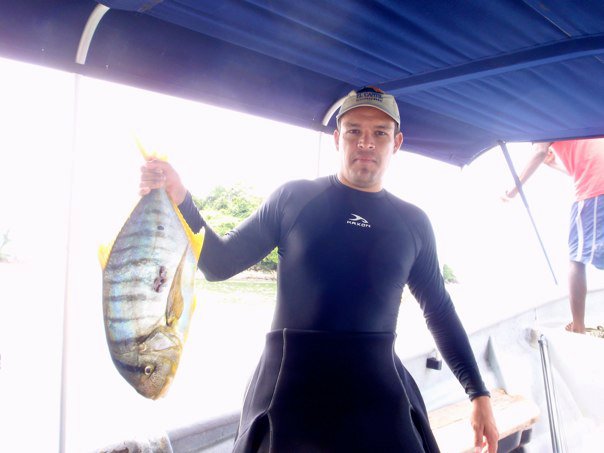
Finding rugby players who spearfish is not difficult. But the the state of mind playing rugby and hunting very different, though both sports require apnea, snorkel and fins. Colombian player Dario Lopez, 50, was introduced to spearfishing by rugby player friends who went fishing in the Pacific, described the mental shift between the two.
“Apnea in rugby is very demanding, which helps one to develop apnea towards fishing below the surface. Rugby improves lung capacity.”
Spearfishing requires coolness and serenity, not explosion.
“You have to reset the rugby brain because in fishing the apnea must be very, very calm at all times, even at the moment of the shot and during the ascent with the prey.”
He hunts longfin yellowtail, snappers, groupers when they are in season. He also goes after, palometas (english?), king mackerel and barracuda.
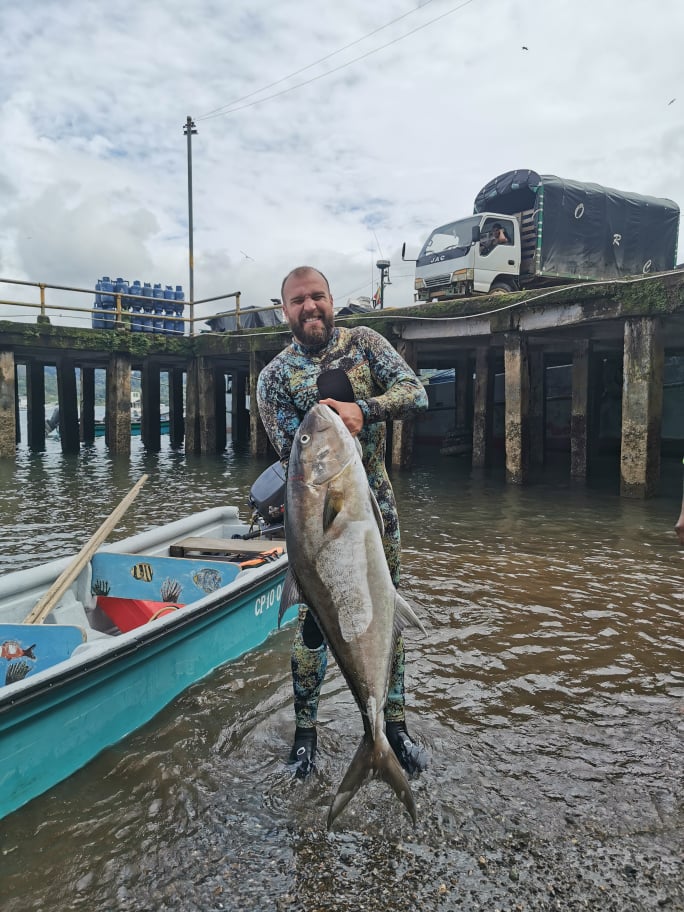
In which countries can one both play rugby and spearfish? The laws and regulations restricting fishing are so complicated that it is impossible to generalize. In the same country, the rules may differ, depending on whether one is fishing in an ocean, lake or river. Some species are protected. In some areas rubber band powered spear guns are forbidden while spears are okay.
Sweden is one country, where spearfishing is not really allowed, although one may apply for a weapon license to own speargun for underwater target shooting but they are not classed as legal fishing equipment. Nonetheless, Malmö Triton rugby player Sebastian Wada has gotten so good at spearfishing that he works part of the year in Norway as a undersea guide for Arctic Spearfishing.
“First and foremost it’s my friend Axel Schüller who runs the company,” replied Wada, who has recorded his progress as a stalker of halibut since 2014 when he took his first one, an 18-kilo fish.
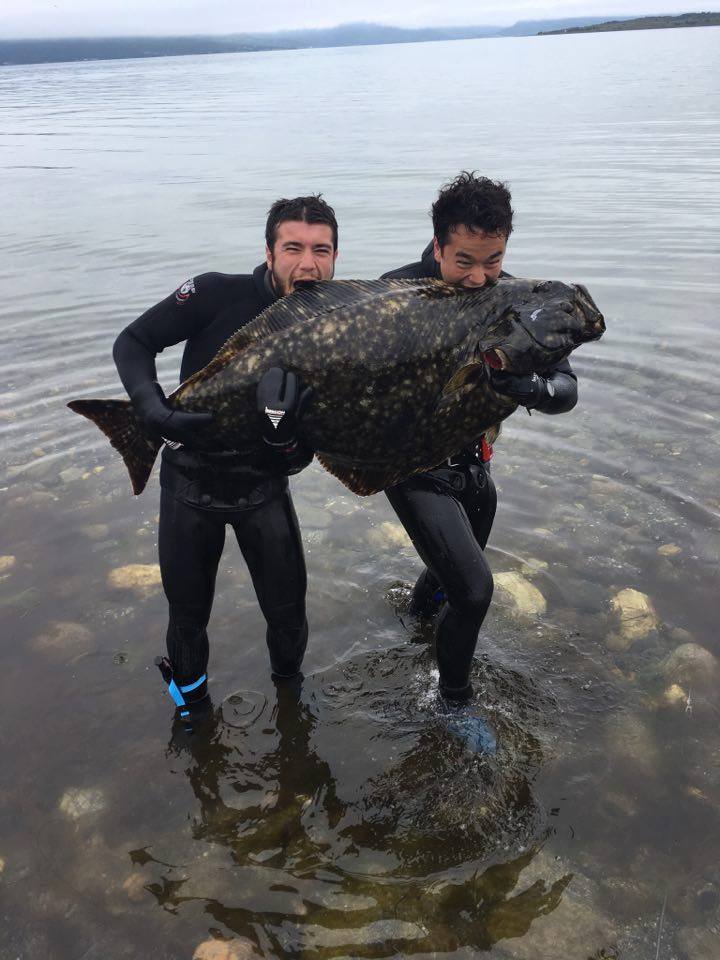
Sebastian Wada (right) is helped from the water by Kevin Ocha with a 40-kilo halibut,
his third of the day. Photo: Arctic Spearfishing
“Spearfishing and rugby are a good combination,” declared Wada. “Halibut hunting is the most extreme underwater hunting that one can do up here in the arctic. You have to spend hours on the bottom.”
Schüller has introduced around 20 underwater rugby players to spearfishing. By the time the 2012 Stavanger European Underwater Rugby Championships end the spearfishing season will have begun, he said.
“Here in Lofoten we also find big cod, pollack, coalfish, flounder etc. Its nice to mix the spearfishing up with other species because the halibut hunting can be very demanding and its not always sure the you find one.”
He then added what sounded like a perfect sales pitch to some underwater rugby players:
“When you halibut hunt its also very important that your gear is really good because they pull very hard if you don’t manage to get a killing shot… You also have to stay clear of lines and don’t get entangled in equipment, because the halibut if its big enough it can drag you down.”
